The British supermarkets SHUNNING technology: Booths ditches self-checkouts while Amazon backtracks on card-free payments – as customers hail the return of ‘a more personal and engaging’ shopping experience
>
From the big four chains such as Tesco and Sainsbury’s to budget stores such as Aldi, supermarkets have raced to adopt high-tech solutions in recent years.
These range from self-checkouts to mobile barcode scanners, in-app payment methods and even digital pricing stickers.
But this trend is bucking the upscale northern chain’s kiosks, much to the delight of many customers.
The company announced this week that it is ditching self-checkouts and bringing employees back to work so shoppers can “talk to people” again.
Although the majority of UK supermarkets are rolling out new technology with great enthusiasm, there are potential signs this year that the traditional shopping experience may be making a comeback.
To the delight of the traditional shopper, upscale northern chain Booths has just announced it will ditch self-checkouts and bring staff back to work so customers can “talk to people” again

Many shoppers were happy to hear the news with one describing it as “fantastic” that staff are “receptive to the human touch”.
Self-checks have been cancelled
Booths – which has 27 stores in the north across Lancashire, Cumbria, Yorkshire and Cheshire – has been named the Waitrose of the North due to its focus on quality.
The company found self-checkouts to be “slow, unreliable, and impersonal,” and decided that “instead of artificial intelligence, we are moving toward actual intelligence.”
The decision has been made to remove self-checkouts from all but two of its 28 stores – with the exceptions being in the Lake District of Keswick and Windermere which can get very busy at times.
Many shoppers were happy to hear the news, with one describing it as “fantastic” that staff are “receptive to the human touch”.
“It’s great to see Booths stores returning to staffed stores, promoting a more personal and engaging shopping experience,” said X user @zmilkhan1.
The shift is the first of its kind by a large UK grocer, and bucks a trend that has seen all major players, including market leaders Tesco and Sainsbury’s, open thousands of self-checkout points and reduce the number of staffed checkout points. Significantly.
according to CBS NewsCostco in the US is now adding more employees to self-checkout areas, although it is not eliminating them entirely.
Costco employees discovered that non-members were sneaking in to use membership cards that did not belong to them at self-checkouts.
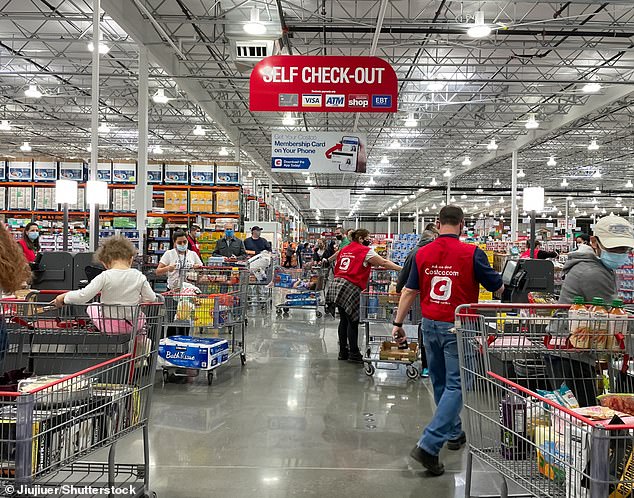
Costco in the US is now adding more employees to self-checkout areas, although it is not eliminating them entirely (archive photo)
Return card payments
Although known for pioneering the use of technology for “fresh” groceries, Amazon has backed away from its cardless checkout rule.
Previously, the only way customers could enter an Amazon Fresh store was to open the Amazon app and get a QR code that they scanned to open a barrier.
When customers received their purchases and finished shopping, they could exit the barrier.
But after revamping its UK branches this fall, Amazon Fresh is now allowing customers into the store as normal.
A pair of welcoming double doors are labeled ‘Enter’, while there is also a separate entrance for people ‘just browsing’ and what appears to be additional staff at the entrance.
When people have finished shopping, they can scan the QR code on the app as before, but they now also have the more traditional option of paying for their groceries with a contactless card.
An Amazon spokesperson said the Fresh experience “will continue to evolve with customers” and the company will listen to their feedback, suggesting the change was driven by public demand.
But by preventing anyone who doesn’t have the Amazon app from entering Fresh stores — including people without smartphones — Amazon may also be losing business.
“One of the ways we are improving our stores is by offering customers more ways to pay,” the spokesperson said.
“We know customers want choice, and we have recently implemented more ways to pay in our stores, including offering credit card capabilities and more traditional means where customers can pay for their items.”
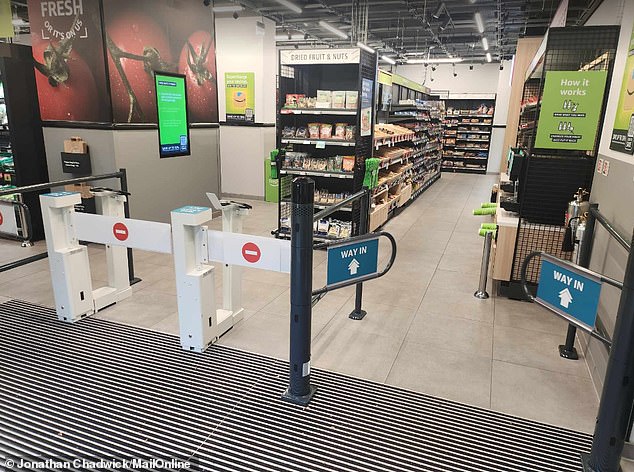
The way in: After revamping its UK branches this fall, Amazon Fresh is now allowing customers into the store as normal
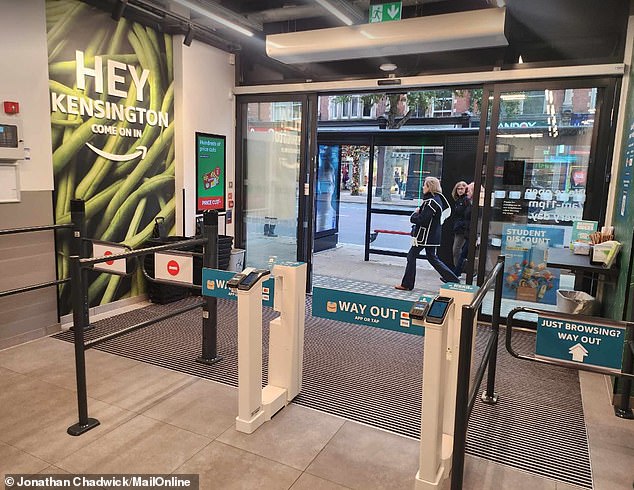
When people are done shopping, they can scan the QR code on the app, but they now also have the more traditional option of paying for their groceries using a contactless card.
Amazon Fresh stores still feature cameras and depth sensors developed using deep learning AI techniques to monitor what customers pick up and return to shelves.
This means the technology knows exactly what each person took from the store and how much to charge their payment details, which are stored in the app.
The home delivery app has ended
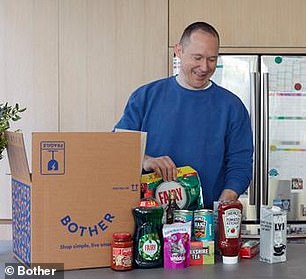
The express delivery would have taken a little longer because it did not include perishable items
Bother was a British home delivery startup founded in 2020 that focused on essentials that didn’t require refrigeration.
It used AI to “learn” what a customer was running out of and automatically put it in the customer’s in-app basket for their next order.
Both founder and CEO Douglas Morton describes his mission as “saving you and the planet from home shopping.”
But the startup went bankrupt in June, and any outstanding deliveries went unfulfilled, meaning affected customers had to contact their bank to get their money back.
Many users were surprised when they checked their orders to see a message stating that the company had entered liquidation.
Digital stickers have been removed
In September, Asda ended the use of electronic shelf labels in one of its stores after just three years, although the company says it was just an experiment.
The high-tech labels – using hardware developed by Panasonic – quickly updated pricing and allergen information without the fuss of paper labels.
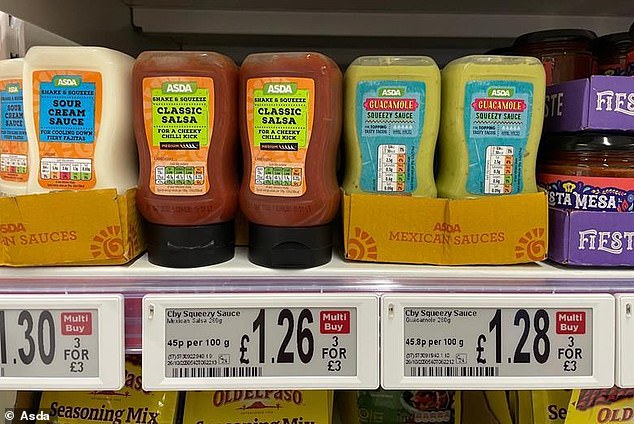
Electronic shelf labels (ESLs) can quickly update pricing and allergen information without the fuss of paper labels
Around 23,000 of them have been rolled out at the supermarket giant’s Stevenage store, although the trial has “now come to an end”, Asda confirmed to MailOnline.
“We will evaluate the results as we shift our focus to other live trials and projects,” a company spokesperson said.
Digital labels have proven controversial because they make it easier for supermarkets to suddenly change prices in the blink of an eye, and they can be difficult to read.
Errors also mean that tools can break down and fail to show information, giving human staff something extra to deal with.
(Tags for translation)dailymail
